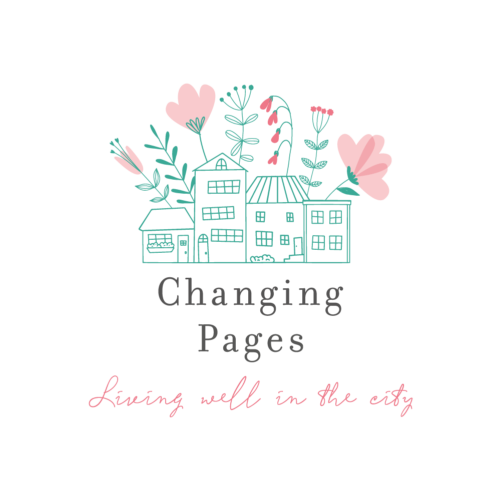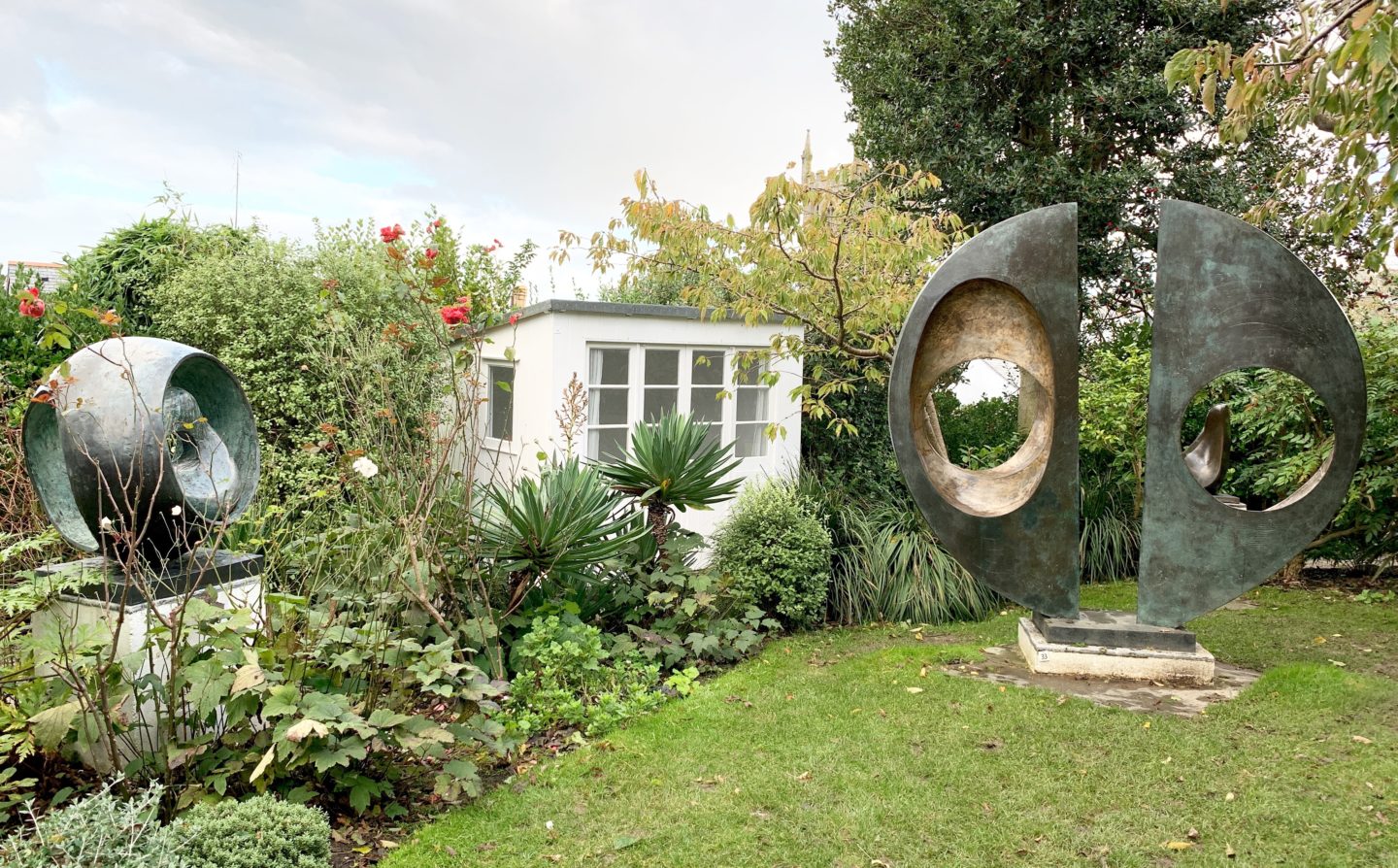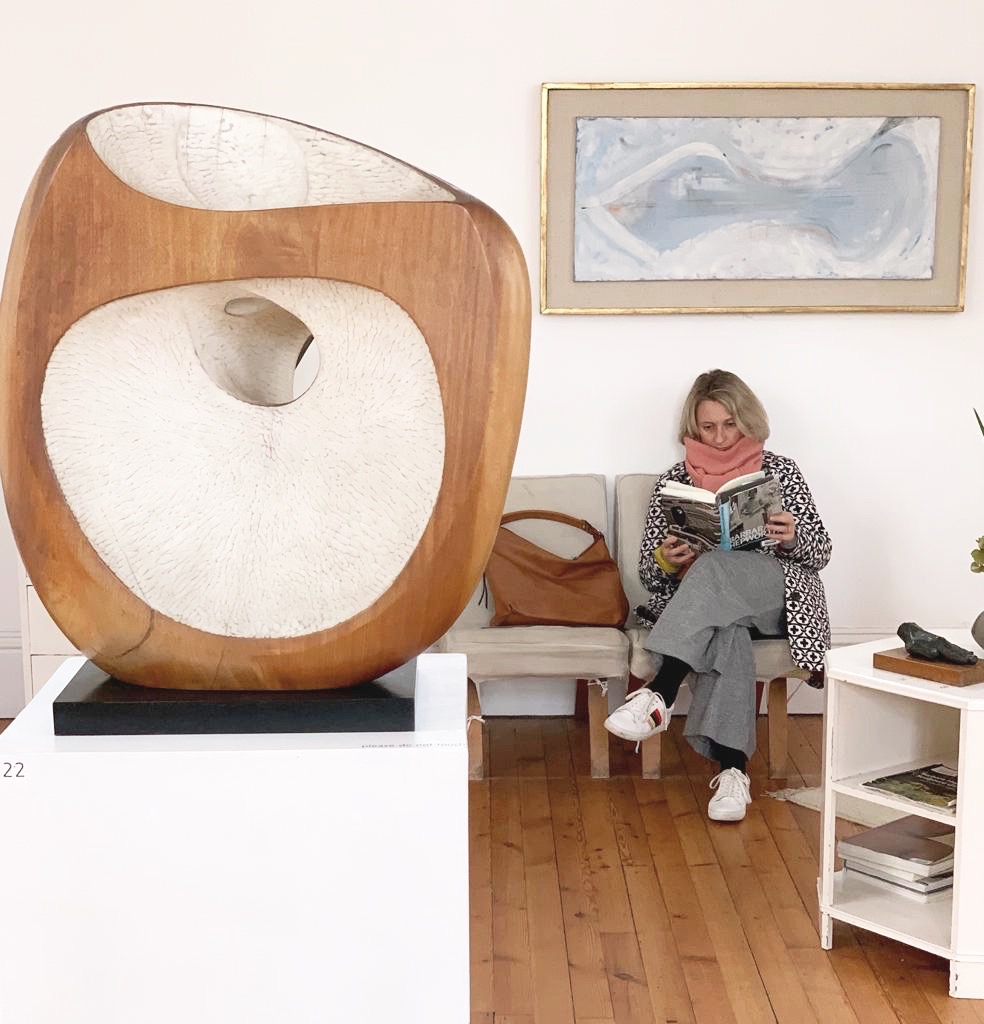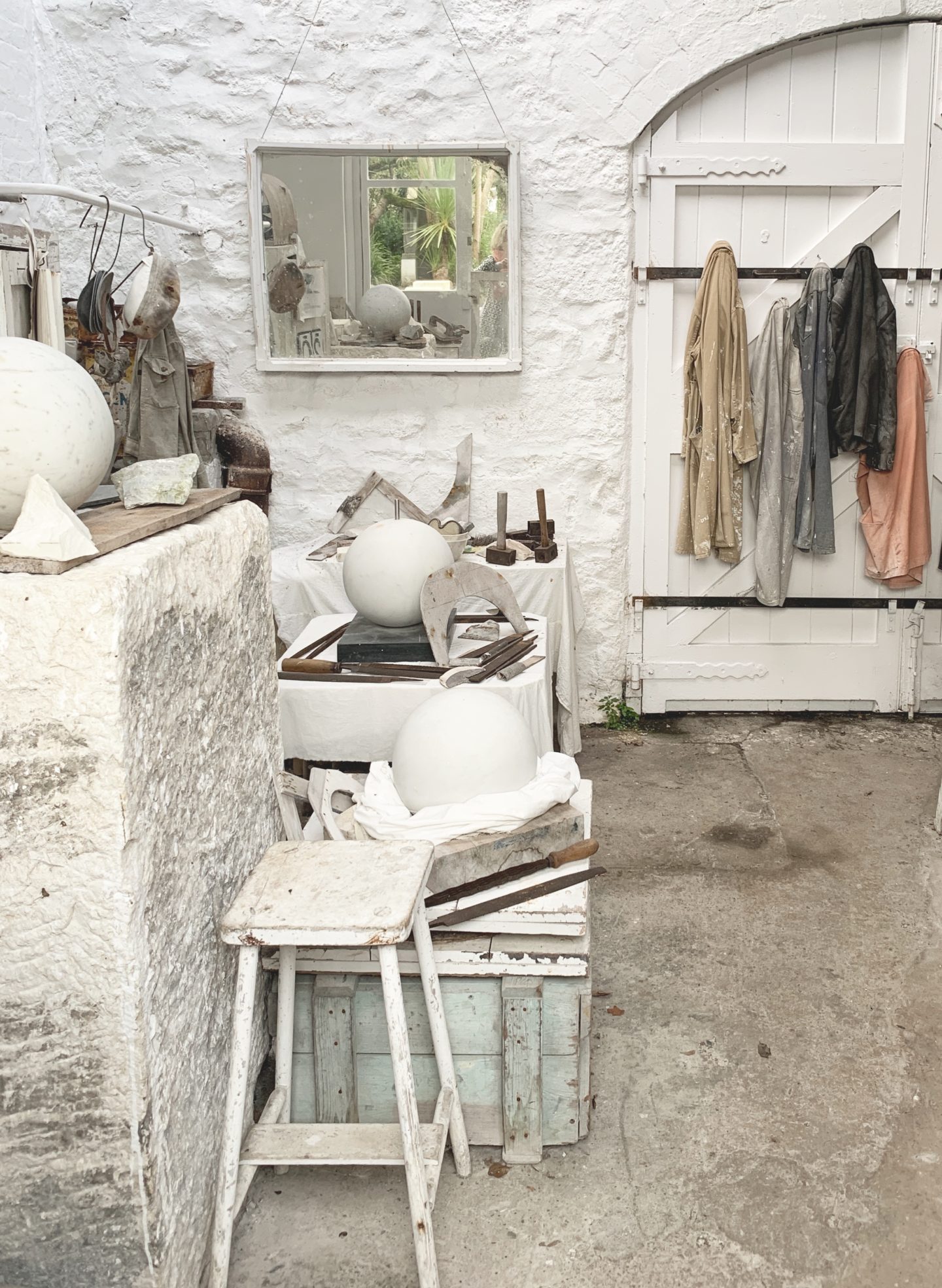A visit to the Barbara Hepworth Museum and Sculpture Garden in St Ives, had been on my wish list for some time. Despite having visited St Ives a number of times before it wasn’t until a trip to Cornwall earlier this month that I finally made it.
Dame Barbara Hepworth
The renowned sculptor Barbara Hepworth moved to St Ives in 1939 at the outbreak of the 2nd World War. With her husband, the artist Ben Nicholson and her triplets they initially lived in somewhat cramped conditions. Always professional and not deterred by this or the many demands on her time from her young family, Hepworth continued to work at her art each day. She was hugely influenced but the coastal landscape and began to develop an enviable collection of work in response to that.
“I found one had to do some work every day, even at midnight, because either you’re professional or you’re not”. (Barbara Hepworth)
As the family became more established, Hepworth found Trewyn studio, the perfect place in which to base herself and her family. During the years 1949 until 1975, Hepworth created a huge body of work and some of her most famous sculptures at Trewyn studio. After Dame Barbara’s sad death in a fire, the studio became the site of the Barbara Hepworth Museum and Sculpture garden. It is now part of the Tate Gallery and houses the largest collection anywhere of Hepworths works.
The Museum
The visit begins in two beautiful light filled rooms. The first has a timeline of Hepworth’s life and plenty of fascinating photographs and information about her work and the many famous names such as Henry Moore, she was friends with. The second is filled with her sculptures and paintings. This is a gorgeous room to wander around taking in the variety of materials she worked with, whilst gaining a sense of the woman and artist she was.
I found it quite moving to think she lived, raised her children and created so much under this roof before dying here. There is an immediate sense of calm in these rooms. You are given a written guide which lists the titles of the work. I initially found this helpful in both the museum and garden, although eventually abandoned it preferring to browse in no particular order and with no agenda. There are also unobtrusive guides who are more than happy to chat or answer questions. A small collection of books about Hepworth was a lovely addition, and I enjoyed a little peruse of these before stepping out into the garden.
Sculpture Garden
Step from the inside rooms of the museum into the sculpture garden and it really does feel like entering a secret garden. There is a beauty and a magic, which along with the size and scale took me by surprise. The fairly unimposing exterior of the museum gives little clue to the carefully hidden treasure tucked behind.
Some of the sculptures due to their sheer scale are immediately visible, others are more hidden, but all are thoughtfully placed. In fact many were moved into their current position by Hepworth herself when she was working here. The planting has clearly been carefully thought out. Trees and shrubs blend with, and enhance the sculptures. To hear the rustling of leaves or see a flash of colour from flowers or blossom against carved wood, stone and bronze is very fitting.
It is a delight to wander around these sculptures, viewing them from all angles. The garden is formed so that it is possible to look down on some of the sculptures from a terrace giving another welcome perspective. I began to understand the curves and textures and the influences that created them. In the distance is the sea and some of the sculptures are so exquisitely smooth it is as if they have been repeatedly washed by the waves themselves.
The Studio
Overlooking the garden is Barbara’s studio. An amalgam of tools and materials and blocks of stone and carved spheres. Shelves stacked with bottles and jars and splattered overalls hang on hooks facing the door. This is a studio filled with life and creativity. There is a stillness as the tools them selves wait patiently to be collected into willing hands, and used to once again breathe life and shape into inanimate rock or wood. The studio is viewed from a door way and through windows. This seems entirely appropriate, there is something almost hallowed about this space.
Why Visit
I have seen Hepworth’s sculptures in other places and always admired them. Never have I felt a connection with them as I did seeing them in their ‘birth place’ and against the backdrop of the landscape where they were formed. They fit perfectly here.
We visited during our first full day in St Ives and for the rest of the week we were there, I found myself seeing glimpses of Hepworth’s work in the natural landscape all around. A small tribute to the power of these living, breathing pieces of art.
I have read that Hepworth wanted to create art that was calming. She didn’t want people to feel uncomfortable or anxious when they looked at her creations. Any time spent in the tranquility of the museum and sculpture garden will convince you she achieved just that. It is a place of beauty, and delightful calm. I feel sure that any future visits I make to St Ives will always include a visit to this peaceful corner by the sea.













I really like Barbara Hepworth’s sculptures and it’s so interesting to read some of your research into the thought that went on behind the work. I have wanted to visit St Ives for ages and a trip here is just my kind of thing. Thanks again for your inspirational share on #farawayfiles
Author
Thank you Clare, I think you would love it. This part of Cornwall is so inspirational.
I’ve always wanted to go here as I love her work. To see it in its proper ‘home’ makes so much sense of her art. #farawayfiles
Author
It made such a difference to me. It brought it to life in a way I hadn’t previously understood.
How wonderful! I have long wanted to visit Cornwall. I will simply add this to the list of places to explore! #FarawayFiles
Author
It is such a wonderful place to visit Lisa. Definitely one of my new favourite spots in Cornwall xx